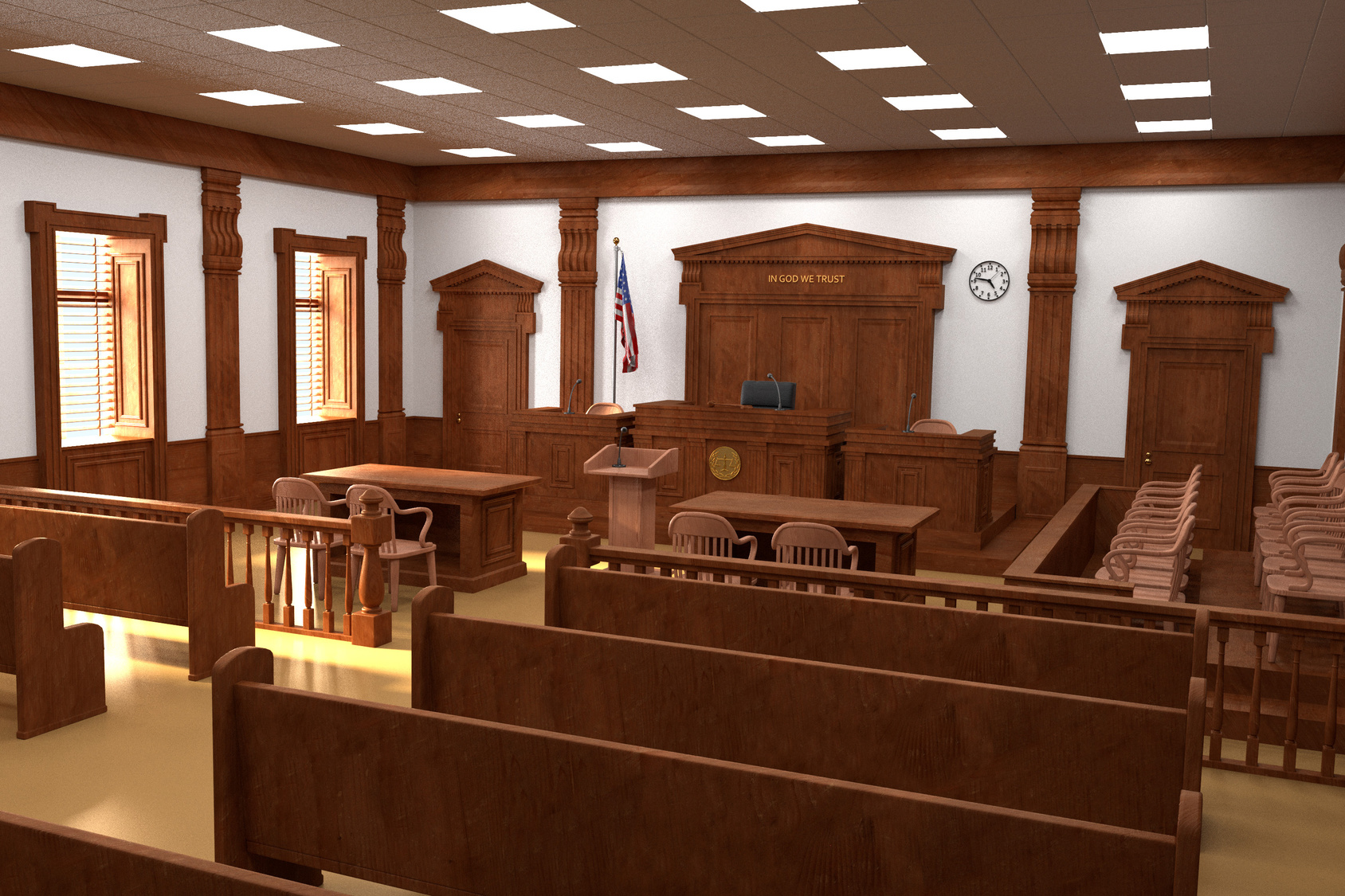
Criminal trials are largely similar no matter the state, but even so, most states have local particularities that you might want to know about if you have been charged with a crime. Keep reading to learn how a Rockland County criminal defense attorney would defend you through the criminal trial process in New York.
In most states, a criminal trial will begin with opening statements from the prosecution and defense, with the prosecutor going first. Afterward, the prosecutor will need to meet their burden of proof before the judge or jury.
Criminal trials use a “beyond a reasonable doubt” burden of proof, meaning that the prosecutor has to show that the only sensible explanation for the evidence presented is that the defendant committed the crime. The prosecutor will do this through items of evidence and witnesses. The defendant does not initially have to offer evidence, because they are presumed innocent. Nevertheless, many lawyers will take advantage of the opportunity to present evidence and witnesses. Every person testifying must swear to the truth.
At the end of the trial, the defense is allowed to give a closing statement, known as a summation, followed by the prosecutor’s summation. Finally, the judge or jury will make a decision, or a verdict.
In New York, anyone charged with a crime is entitled to a trial by jury for Class A misdemeanor and felony cases. However, the defendant is allowed to forego that right and instead request that the judge be the decision-maker. As opposed to a jury trial, this would be a bench trial. If the crime occurred outside and the trial is proceeding outside New York City, New York defendants also have the right to a jury trial for a class B misdemeanor. (This is not true for New York City courts.) However, if the accused crime is murder in the first degree, New York state law requires that it be a jury trial.
Jurors are selected from those in the community who are up for jury duty. Felony charges require twelve jurors and six alternates, while misdemeanor charges require six jurors and 4 alternates. During voir dire, the judge, the prosecutor, and the defense attorney will ask the jurors questions, to decide if either the prosecution or defense objects to any of the jurors.
Instead of being determined by the judge, jury trials are decided by the jury, as the name implies. Once the court has acknowledged all the testimony and the evidence, the jury will be separated to the jury room, where they will deliberate and agree on a verdict. As with a bench trial, the decision is called a verdict. When jurors can’t agree on a unanimous verdict, it is considered to be a hung jury and hence a mistrial. Prosecutors do have the opportunity to bring the case again.
In jury and bench trials, defendants are either found not guilty, and so acquitted, or guilty. If the defendant is found not guilty, they must be allowed out of custody. The case records must be sealed and won’t be listed on criminal records searches. On the other hand, if the judge or jury finds the defendant guilty, the final step is when the judge decides the punishment, or sentences the defendant.
© 2025 The Law Office of Kevin T. Conway. All rights reserved.